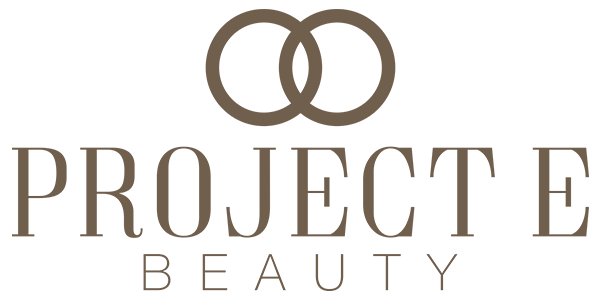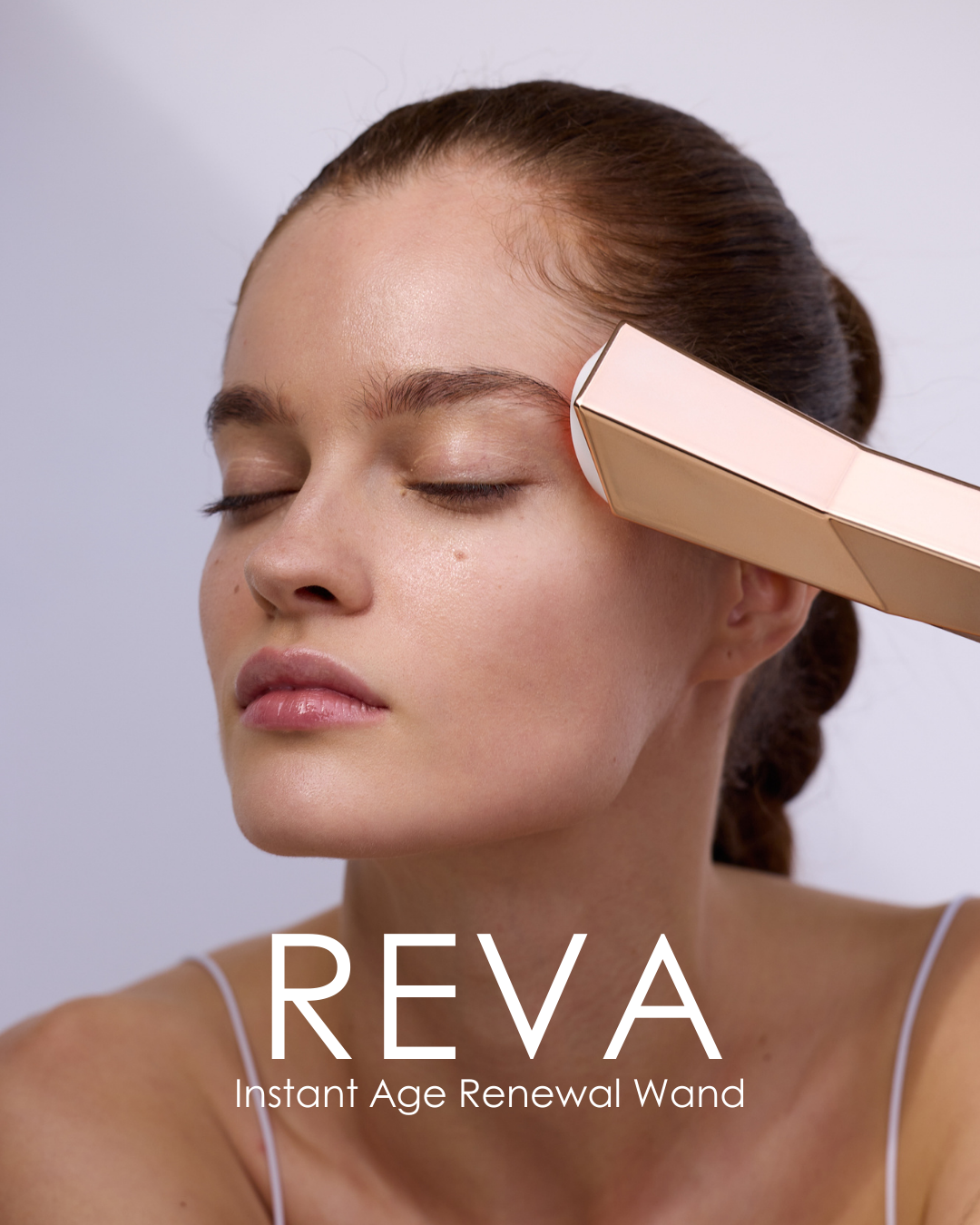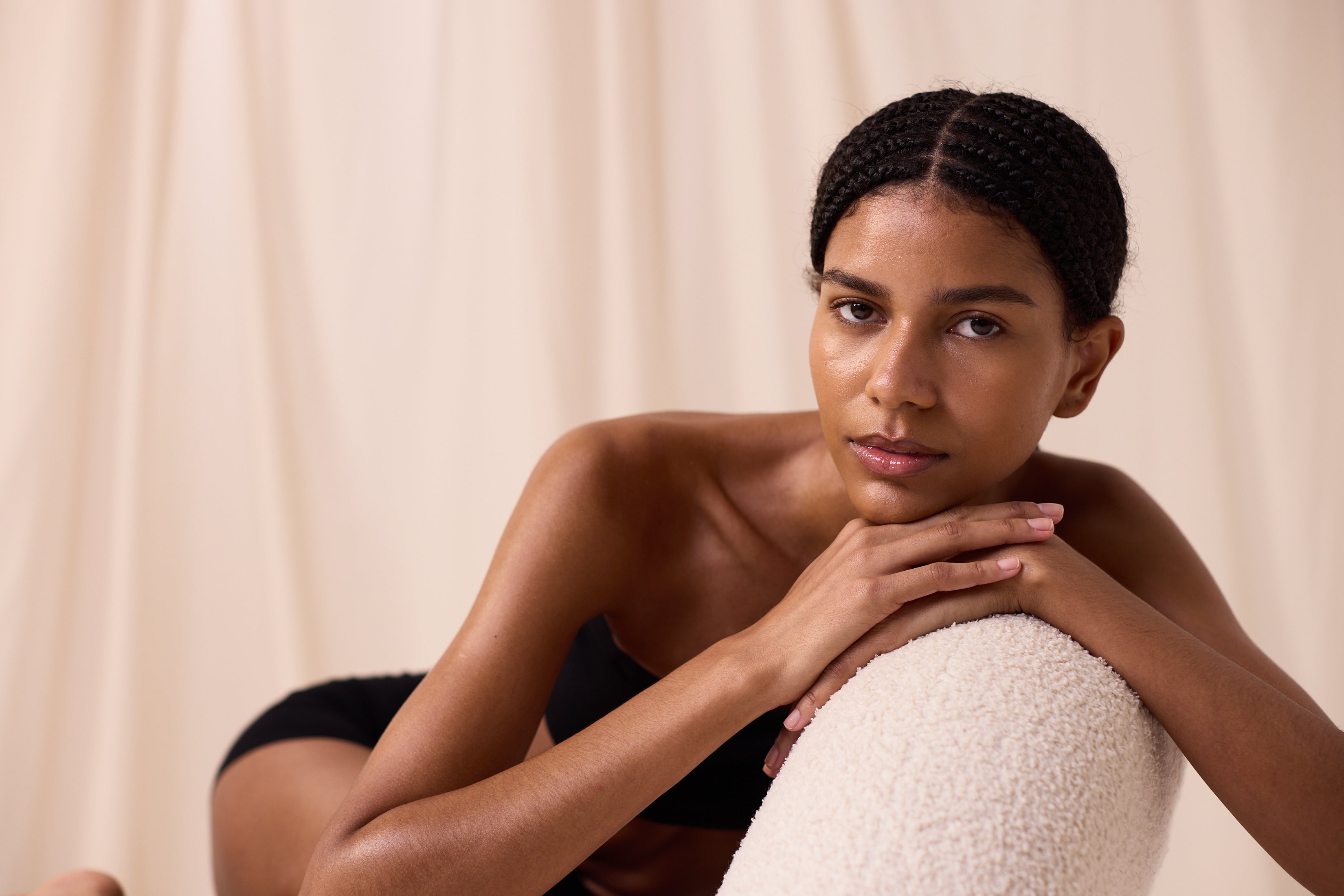
How to Identify and Treat Every Type of Acne
IN THIS ARTICLE:
- 01 What Causes Pimples?
- 02 What Is The Difference Between Pimples And Acne?
- 03 What Are The Types Of Blemishes? And How To Treat Them?
- 04 How To Prevent Breakouts?
- 05 How Blue LED Light Therapy Works On Acne
Acne affects people of all ages. Whether it's a minor breakout or a severe cystic type, acne can have a negative impact on one's self-esteem and confidence.
While there are numerous treatments available, such as topical creams, antibiotics, and oral medications, these do not always work. Blue LED light therapy for acne is an alternative treatment approach showing promising results.
What Causes Pimples?
Regardless of how common acne is, the causes are actually quite complicated. It involves a number of factors both within and outside of your control.
HORMONES - Conditions such as diabetes, thyroid problems, and even stress affect hormones. When this happens, hormones fluctuate and cause a disturbance. Overproduction of the hormone androgen which regulates sebum or oil production leads to acne formation.
COSMETICS - Products that have the potential to clog pores are described as comedogenic. When pores are clogged, comedones form which can lead to acne formation. Moist natural oils that are heavy on the skin: coconut, almond, olive, and soybean.
CLIMATE - The changing of seasons also calls for a change in your skin’s normal pH. Note that 7 is the neutral pH level; anything beyond that is alkaline and lesser would mean acidic. P. acnes thrives well in an acidic environment. You can also get the worst breakouts in humid weather with all the sweat, oil, and grime waiting to occupy your pores.
ANXIETY AND STRESS - There is such a thing as anxiety acne. Note that stress does not directly cause acne and blemishes, but it can definitely aggravate a bad skin condition through the release of cortisol. High levels of cortisol break down collagen and the skin’s defenses making it more vulnerable to damage.
BAD SKIN HABITS - Popping pimples and picking at lesions do not get rid of blemishes. Instead, they make acne worse as these habits help spread bacteria, delay healing, and run the risk of developing deep acne scars that stay forever.
GENETICS - The possibility of having acne breakouts in your life does not directly depend on genetics. Sadly, conditions that list acne or blemishes as symptoms can still be passed from one family member to another.
What Is The Difference Between Pimples And Acne?
When it comes to skin care, knowing the difference between acne and pimples is important. While pimples are a type of acne lesion, not all acne is characterized by pimples alone. In fact, acne can come in many different forms, including blackheads, whiteheads, and cysts.
What is acne?
|
DEFINITION Acne is a skin condition caused by clogged pores. The skin’s natural oils, dead skin cells, and other impurities often plug the pores causing the formation of pimples. |
Pimples are a type of acne lesion, usually small red bumps or papules. Acne, on the other hand, is a skin condition that typically involves multiple types of lesions, including pimples, blackheads, whiteheads, and deeper cysts.
What Are The Types Of Blemishes? And How To Treat Them?
Acne is not just clusters of pimples and inflamed bumps. It takes different sizes, shapes, and colors and can appear not only on the face but also on other parts of the body such as the back and the chest.
|
TYPES OF BLEMISHES |
HOW TO DEAL |
|
WHITEHEADS - Pores clogged with dirt and oils form bumps on the skin. When a bump remains closed, it becomes a whitehead. |
A combination of these acids: salicylic, azelaic, and lactic to help break down the clogging. |
|
BLACKHEADS - When a clogged pore opens up, it reacts with the air and turns black. They appear in groups and can be mistaken for dirt. |
Do not attempt to squeeze. Use salicylic acid and cleanse twice a day. Don’t forget to remove makeup. |
|
NODULES - These are bigger, swollen, and mostly painful bumps caused by the breakdown of the hair follicle. Nodules go in deep enough to cause scars. |
Use skincare products that contain salicylic acid. Visit a skincare professional for in-clinic treatments and medications. |
|
CYSTS - Severely inflamed blemishes that also infect the surrounding skin. These are usually pus-filled and painful. |
Apply an ice cube directly over the blemish to alleviate pain and calm inflammation. Treat your skin with care and consult with a skin expert. |
|
PAPULES - A clogged pore or comedone that ruptures and spreads bacteria into the skin. These are often found in clusters on the forehead or cheeks. |
Do not pop or it will cause scarring. Avoid oil-based products and only do mild exfoliation. Use a face wash that contains salicylic acid. |
|
PUSTULES - Characterized by inflamed, pus-filled lesions that look like blisters. Also called pimples, these vary in size and location. |
Use a face wash that unclogs pores and use a pimple patch to absorb all the oil and pus from the nodule. |
How To Prevent Breakouts
KEEP IT CLEAN - The skin is directly exposed to an insane amount of pollutants that can potentially clog pores. This is why taking regular baths and cleansing your face at least twice a day is a must. Foamy cleansers work best for acne and blemish-prone skin. off impurities, and leaves skin feeling soft and smooth. Pair this with the Luma Blue Acne Light Therapy Pimple Cleansing Brush for a thorough yet gentle clean. The brush is also equipped with blue light energy that helps to effectively control sebum secretion.
AVOID IRRITANTS - It is most important to steer clear of anything that might irritate acne and worsen it. When choosing skincare products, pick the ones labeled as non-comedogenic or those that won’t clog pores. If you have to put makeup on, make sure your brushes and applicators are thoroughly cleaned and not shared with other people. During this time, your skin deserves extra care. Give your skin a treat with Project E Beauty’s Lumamask LED Light Therapy which uses photon light therapy to help acne heal faster. Choose from 7 LED light therapy colors depending on your skin condition
EAT HEALTHIER - You are what you eat. Did you know that consumption of foods rich in carbohydrates can worsen acne? High glycemic foods such as white bread, rice, pastries, sugary drinks, and more help increase blood sugar levels. A spike in the levels causes inflammation which is bad news for your already inflamed skin. To keep these levels normal, load up on fresh fruits and vegetables and oats.
GET HELP - Severe acne can be emotionally distressing for some people. Having pimples that never seem to go away can have a negative impact on one’s body image, especially among teens. You don’t have to go through this alone. Seek the help of a dermatologist for valuable advice, don’t just search the web for answers.
ALLOW FOR HEALING - There are no overnight cures for acne simply because healing always takes time. It’s crucial to give your skin the best care. Cleanse regularly, go on a balanced diet, get lots of rest, and listen to your doctor’s advice. Try new treatments. Phototherapy is a tried and tested acne treatment that utilizes blue light to accelerate healing and kill bacteria on the skin. The non-invasive Project E Beauty Blue LED+ Acne Light Therapy does exactly that.
How LED Light Therapy Works On Acne
Blue is also known as the anti-acne and blemish light.
The blue wavelength acts on the hair follicle, eliminating acne-causing bacteria to prevent the formation of new pimples. While doing this, blue light also keeps the sebaceous glands under control. This action helps rid the pores of excess oil to minimize pore size. Get pimple-fighting action and more with the Photon Skin Rejuvenation Face & Neck Mask that features blue light and six more wavelengths that target other common skin conditions.

written by Olivia Khader
















Leave a comment
This site is protected by hCaptcha and the hCaptcha Privacy Policy and Terms of Service apply.